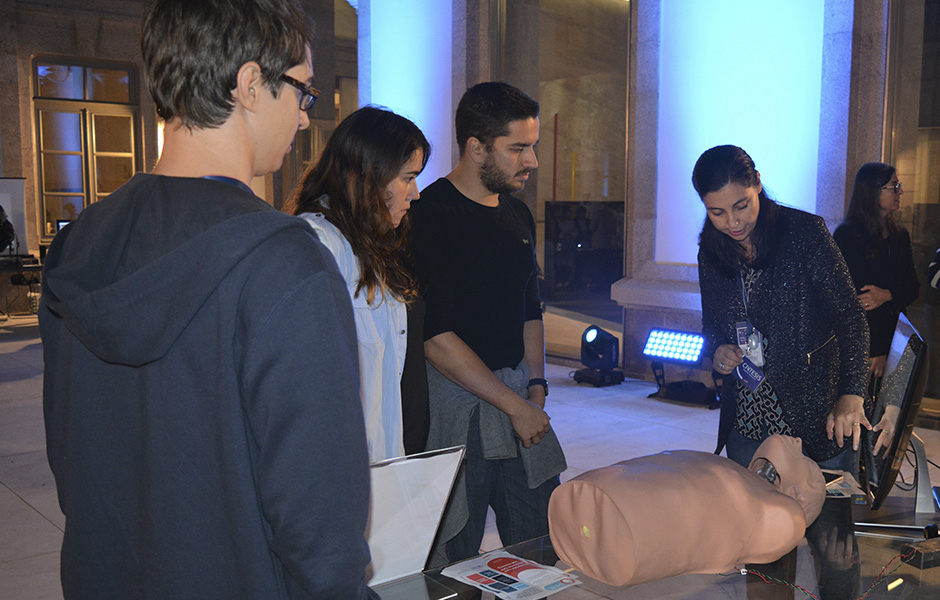What do you know about Basic Life Support (BLS)? Would you be able to perform BLS in an emergency situation? What are you missing to be able to save a life? Researchers from CINTESIS – Center for Health Technology and Services Research wanted to evaluate the general public’s knowledge on this matter.
Globally, almost 80% of the individuals admit to know very little or nothing about Basic Life Support, and only 20% reported adequate knowledge. In fact, if we consider general knowledge, only 15% of people responded correctly to 70% or more of the questions asked, and only 1.8% answered correctly to all questions. About 5% do not know the European emergency phone number (112) and cannot explain when and where basic life support should be applied.
According to this work by Carla Sá Couto and Abel Nicolau, published in Acta Médica Portuguesa, the level of knowledge of the general public is worse when technical issues are involved. Although 55% know where to position their hands (“center of the person’s chest”), only 13.4% are aware of the depth of compression (five to six centimeters) and only 20% know the frequency of compression (100 to 120 compressions per minute). As for the sources, about 46% have knowledge about basic life support through “informal means” such as brochures, television or the internet.
The authors draw attention to the fact that knowledge in this area is poorer in people over 45 years of age and better in the younger age groups, which, they say, could be partially explained by the integration of basic life support in the 3rd cycle curriculum of basic education in Portuguese schools since 2013, as well as the implementation of sporadic actions, such as mass-training.
Almost all participants consider that basic life support training should be included in the academic and professional context and about 76% consider that training in this area should be mandatory, and repeated annually (24%) or every two years (33%).
In this sample, composed of 663 individuals (mostly between 18 and 25 years of age, female and higher education students), the percentage that has already attended BLS trainings/workshops is quite high (43%), in contrast with other studies carried out in Portugal, which point to values close to 18%. In Australia, this percentage is around 78%.
This study thus “reinforces the need for regular practical training in basic life support, ideally at an early stage and at work / study sites”, preferably with innovative and effective methods for technical aspects and knowledge retention, such as the CPR – Personal Trainer (cprpt.med.up.pt), an accessible, automated “cardiopulmonary resuscitation” training system with automatic feedback, developed by this group within CINTESIS and the Biomedical Simulation Centre, Faculty of Medicine of the University of Porto (CSB-FMUP).
In Europe, cardiac arrest is a leading cause of death, affecting 55 to 113 persons per 100,000 / year. According to the National Institute of Medical Emergency (INEM), from 2013 to 2014, more than 23,000 prehospital cardiac arrests occurred, and in only 15% of the cases, basic life support maneuvers were performed before the arrival of specialized help. In Portugal, the survival rate in this period is of 4%, below other European countries, such as the Netherlands (21%) and Norway (25%).

